The lack of a robust public charging network is often cited as a key reason why EV sales have slowed down. But despite a cut in federal funding, the rollout of chargers has continued accelerating. Better yet, a new study finds that the number of times EV owners plug in, only to find the charger doesn’t work, has fallen substantially. More from Headlight.News.
EV sales have been steadily losing momentum in recent months and a variety of reasons catch blame, including concerns about cost and range, as well as the lack of a fully fleshed-out nationwide public charging network.
It didn’t help when Pres. Donald Trump ordered an end to the National Electric Vehicle Infrastructure, or NEVI program. Started by the Biden administration, it set aside about $5 billion to help fund the growth of that network.
But new White House guidelines published this week could free up some of those federal funds. Even without help from NEVI – and despite the EV sales slowdown — automakers and charger companies seem intent on charging ahead, accelerating the nationwide rollout, new data show. Better yet, a new J.D. Power study reveals that operators appear to be getting a hand on the reliability issues that had resulted in a sizable number of public chargers being out of service when EV owners tried to plug in.
Charger network keeps growing
The number of charging stations and individual charging ports rose by 20% last year, with NEVI playing a major role. The Trump administration took steps some observers feared would short-circuit the rollout, not only moving to block NEVI funding – which was quickly challenged in court – but ordering chargers located at federal sites disconnected.
But while that may have created a partial roadblock, the drive to cover so-called “charging deserts” has actually accelerated, while more stations are going in along other corridors. A growing number of locations are being equipped with DC quick chargers that, depending on various factors, can provide most modern EVs hundreds of miles of additional range in less than an hour
During the second quarter alone, 784 new quick-charge stations were opened in the U.S., bringing the total to 11,687, according to Paren, an EV and charging data firm. Those locations introduced another 4,242 ports, with the U.S. total at 11,687. Paren predicts the total number of new ports installed in 2025 will reach 16,700 by the end of 2025, up 19% over last year. Meanwhile, there are now over 200,000 slower Level 2 chargers open to the public around the U.S., according to the U.S. Department of Transportation.
Old players and new
Those numbers, in some ways, underplay what has happened over the past year. The biggest single operator of public chargers remains Tesla, with its Destination and Supercharger networks. A growing number of competitors, including Stellantis, Volkswagen and Hyundai, now have gained access for their own customers to those Tesla locations, in some cases doubling the number of places owners can plug in.
At the same time, operators such as EVgo, Electrify America and Chargepoint have been expanding locations. And there are some new entrants. Mercedes-Benz and General Motors have set up some stations and Ionna, a consortium formed by eight major automakers, is rapidly launching its own operations.
“The new players in the market are ensuring that charging infrastructure grows, even if NEVI’s contribution falls short of expectations,” Loren McDonald, chief analyst at Paren, told Automotive News. “There will be more choice, more infrastructure and, hopefully, better experiences for EV drivers.”
More EV News
- Trump Moves to Slow National EV Network Rollout
- EV Charging is About to Get a Lot Easier
- GM Teams with ChargePoint to Install 500 Ultra-Fast Chargers
Fixing the problems
Simply having more charging stations wouldn’t solve the problem, however. Studies over the last several years by the University of California – Berkeley and others highlighted concerns that as many as 20% of public chargers were either off-line or operating well below their rated capacity at any given time. Anecdotal reports on social media found many incidents were EV owners were caught unable to charge nearly drained batteries or had to drive miles out of their way to find a place to plug in that was working.
The new J.D. Power 2025 U.S. Electric Vehicle Experience Public Charging Study, shortened to EVX, thus delivers some good news. What Power refers to as “non-charging visits” at public chargers, where an owner couldn’t get a charger to work, fell to the lowest level in four years, the EVX revealed. In a study summary, Power called that “a clear indicator that reliability and customer experience are steadily improving. This milestone reflects the industry’s collective commitment to advancing public charging infrastructure even in the face of federal funding delays and shifting political landscapes.”
The study found the Tesla Destination and Supercharger networks rated highest by the 7,428 EV and plug-in hybrid owners surveyed. But the gap was narrow when compared to automaker-owned stations, such as Mercedes-Benz Charging Network, Rivian Adventure Network and Ford Charge. They all earned a score of 709 out of 1,000. But stations operated by public charging companies came in at a much lower average score of 591.
Still some challenges at the charger
The EV owners surveyed for this year’s EVX may have found it either to plug in and actually get a charge, but they still raised a number of complaints.
Cost was a big concern. That was particularly true of non-Tesla owners using Superchargers. They face higher costs than Tesla’s own customers, noted Brent Gruber, head of the EV Practice at J.D. Power.
“Additionally, in previous years, many DC fast charging networks kept prices low as they developed their market presence,” said Gruber, “while manufacturers regularly offered free charging incentives with vehicle purchases. However, as the infrastructure market evolves and electricity rates rise, charging prices have increased significantly in some cases, directly affecting the overall EV ownership experience.”
Power found that satisfaction with the charging experience varied depending upon how long a motorist has owned their EV. “Newbies,” it reported, were more pleased with the experience than EV veterans.
The EVX also found that non-charging visits varied notably by region. The Pacific region found 21% of motorists experiencing the problem, while 12% also reported long waits before they could plug in. The East South Central region reported just 7% of attempts resulted in non-charging events. Seattle at 25%, and Los Angeles at 24% had the worst problem with faulty chargers.

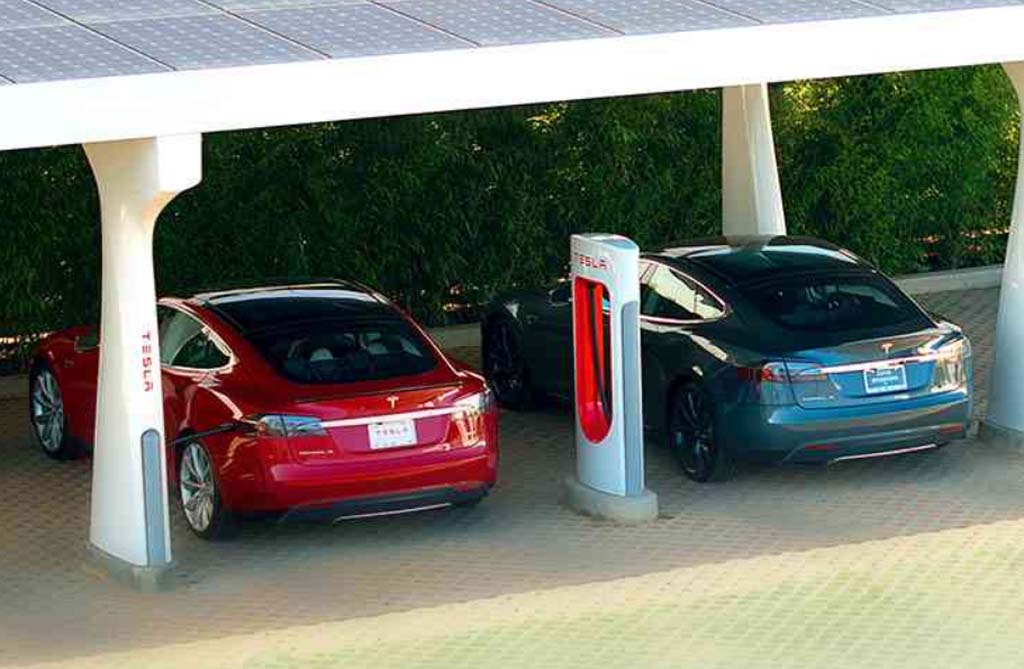
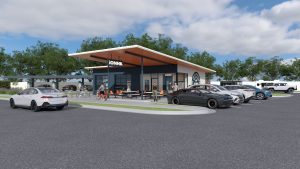
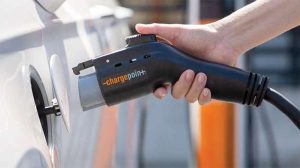
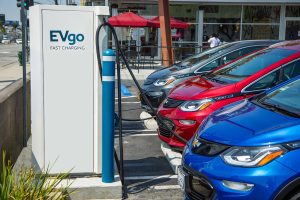
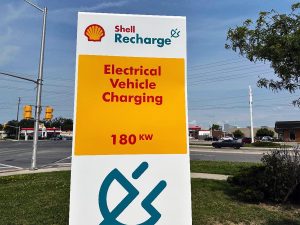

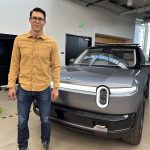
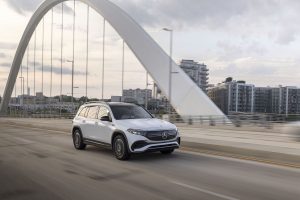
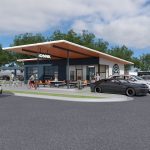
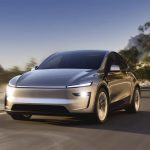
0 Comments